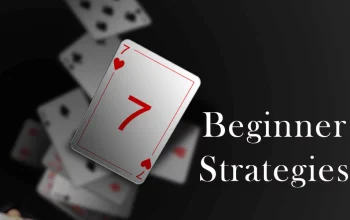Rummy’s journey from smoky parlors to smartphone screens is a story of adaptability—and a little bit of magic. What started as a physical card game, played with worn decks and quick fingers, has transformed into a digital phenomenon. Let’s dive in.
The Golden Age of Physical Rummy
For decades, rummy was a tactile experience. The shuffle of cards, the snap of a winning meld, the groan of a bad hand—it was all part of the charm. Families played it at reunions; friends huddled around kitchen tables late into the night. The game thrived on human interaction.
Key elements of traditional rummy:
- Physical decks: Often well-loved, with creased edges and faded designs.
- Face-to-face play: Reading opponents’ tells was half the strategy.
- Slow pace: Games could stretch for hours, with plenty of banter in between.
The Digital Leap: Rummy Goes Online
Then came the internet—and everything changed. Suddenly, you didn’t need a deck or a table. Just a device and an internet connection. Early online rummy platforms were clunky, sure, but they opened the door to something revolutionary: play anytime, anywhere.
Here’s how digital rummy improved the game:
- Accessibility: No more hunting for players—just log in and join a table.
- Speed: Automated shuffling and scoring meant faster, smoother games.
- Variety: Points, pool, deals—dozens of rummy variants at your fingertips.
The Mobile Revolution
Smartphones took things further. Now, rummy wasn’t just online—it was in your pocket. Waiting for coffee? Play a quick game. Commuting? Perfect time for a round. Mobile apps added slick interfaces, tutorials, and even AI opponents to practice against.
Why Digital Rummy Stuck
Honestly, it’s not just convenience. Digital platforms fixed some of physical rummy’s pain points. No more arguments over rules—the software handles that. No more cheating suspicions—algorithms ensure fairness. And let’s not forget the social features: chat rooms, emojis, and global tournaments that make it feel, well, alive.
Current trends in online rummy:
- Cross-platform play: Start on mobile, finish on desktop.
- Live multiplayer: Real-time games with video call integrations.
- Blockchain rummy: Some platforms now use crypto for secure, transparent play.
The Future: Where Does Rummy Go Next?
VR rummy, anyone? Imagine putting on a headset and sitting at a virtual table, picking up digital cards with your hands. Or AI that adapts to your playstyle, becoming the ultimate sparring partner. The lines between physical and digital are blurring—fast.
One thing’s certain: rummy’s evolution isn’t over. It’s just getting started.



